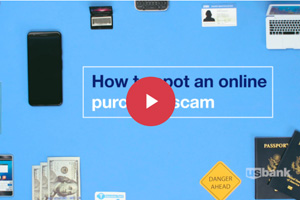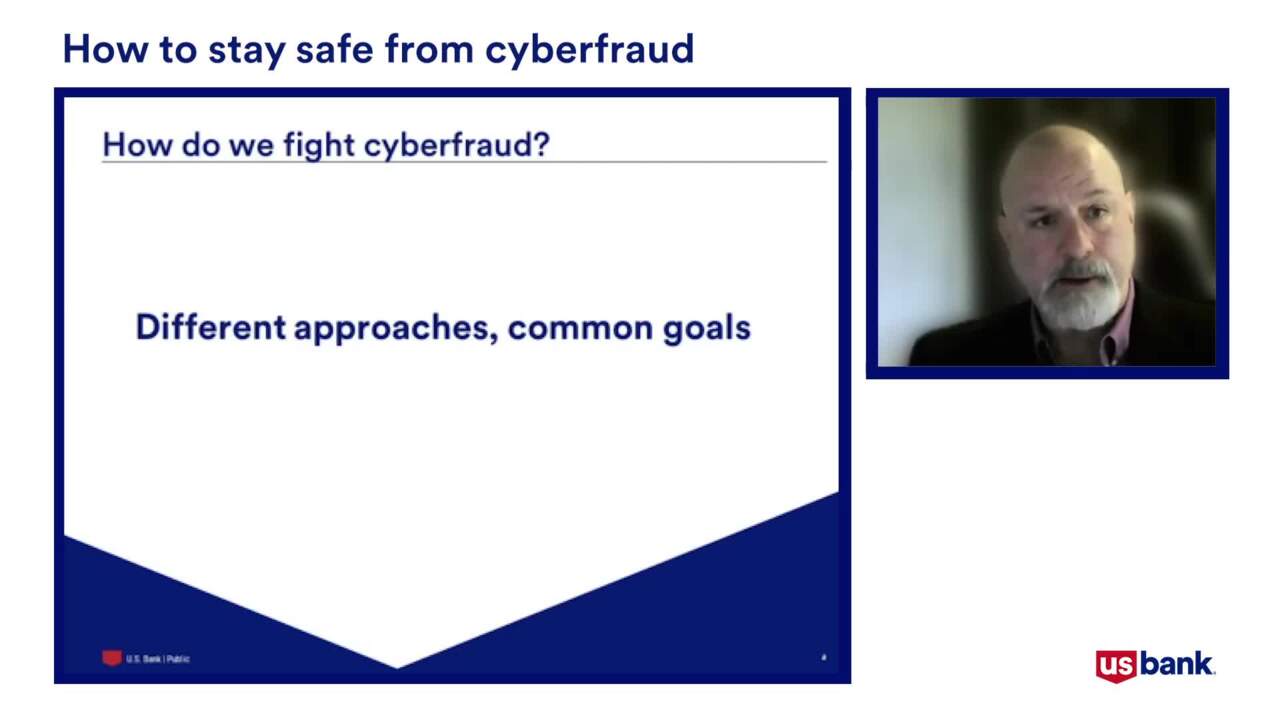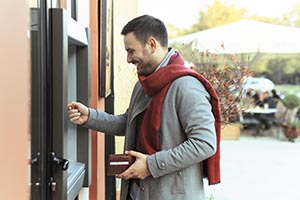A scammer strikes
The man on the phone that day, “Daniel,” claimed to work at U.S. Bank in the accounting department at the bank’s headquarters in Minneapolis. The man sheepishly explained to Jim that he’d accidentally transferred $1,000 into Jim’s bank account and needed Jim’s help to correct the error before his boss would find out.
“I’m a family man, and I have kids to feed and a mortgage to pay,” Jim remembers the man saying from the other end of the phone line. “I can’t get fired over this honest mistake!”
The man went on to beg Jim to help him save his job by purchasing gift cards to be sent to the man. He assured Jim that the funds from those gift cards would be used to credit the money back to the correct accounts, and the account error would be fixed.
Jim admits that he was initially skeptical of the request, but the man seemed to have a convincing response to every question or concern that Jim raised. Jim looked at his bank account online using a link in the man’s email and saw that a $1,000 deposit appeared to have been made into his account, lending even more credibility to the man’s story. And what really struck Jim the most was the fact that the man sounded genuinely upset about the possibility of losing his job over a simple error.
Jim, an active member of his church and a volunteer at a local hospital, is the kind of person who always wants to do what he can to help others who need a hand. So he agreed to the man’s instructions, purchasing gift cards and having them sent to the address the man gave him.
Unfortunately, the man wasn’t a U.S. Bank employee after all. He turned out to be a scammer who used an emotional story to play right into Jim’s kind and caring nature, leading Jim to take a $1,000 financial loss that day. Making matters worse, the man tricked him into clicking on a website that looked like U.S. Bank’s online banking page, but it was actually a spoofed website that was designed to capture Jim’s actual online banking username and password to help the fraudster gain access to Jim’s bank accounts.
“It sounded so real,” says Jim. “The man was so upset on the phone, and he had an explanation for everything. It seemed so possible that this could happen.”









































